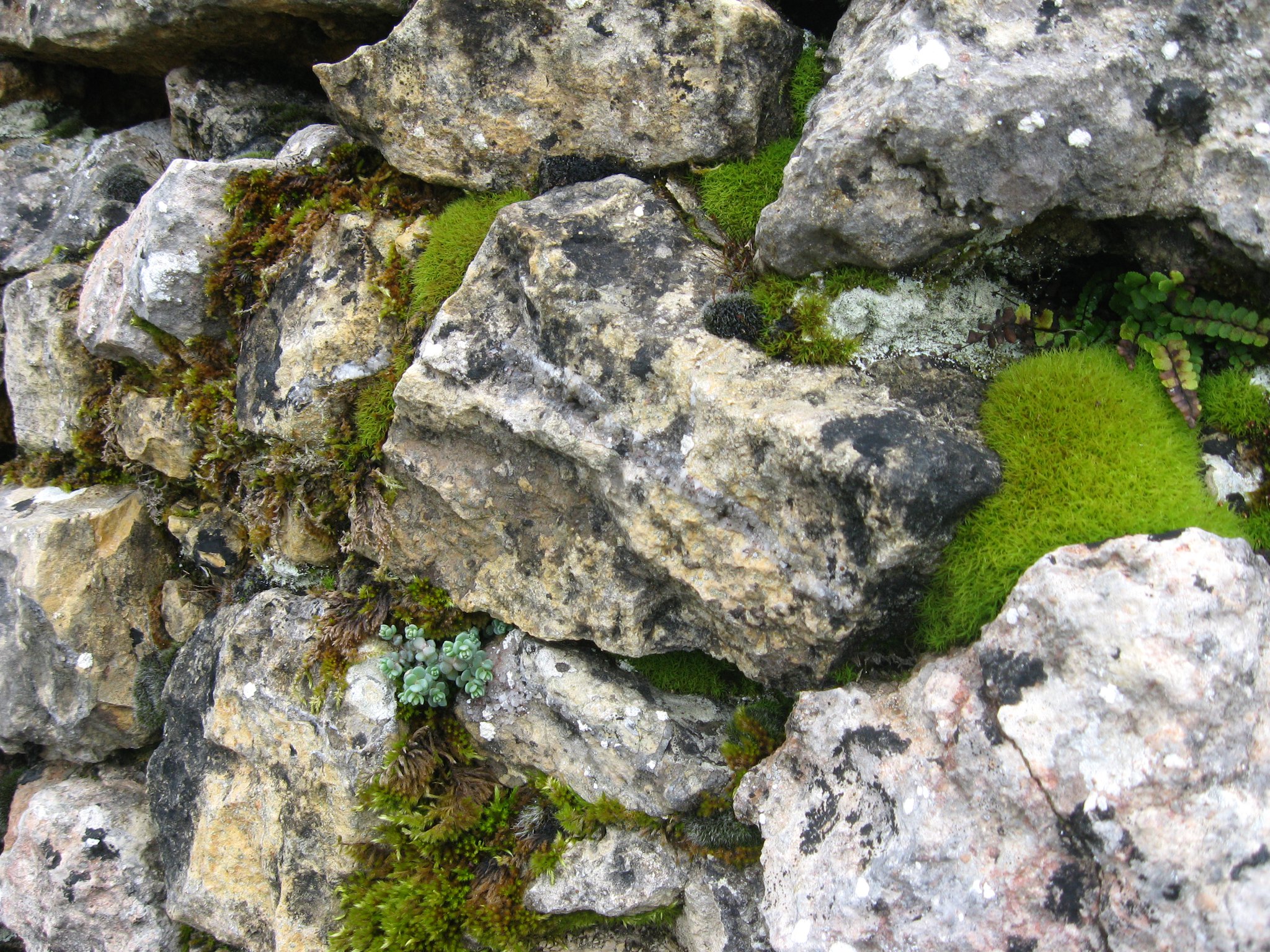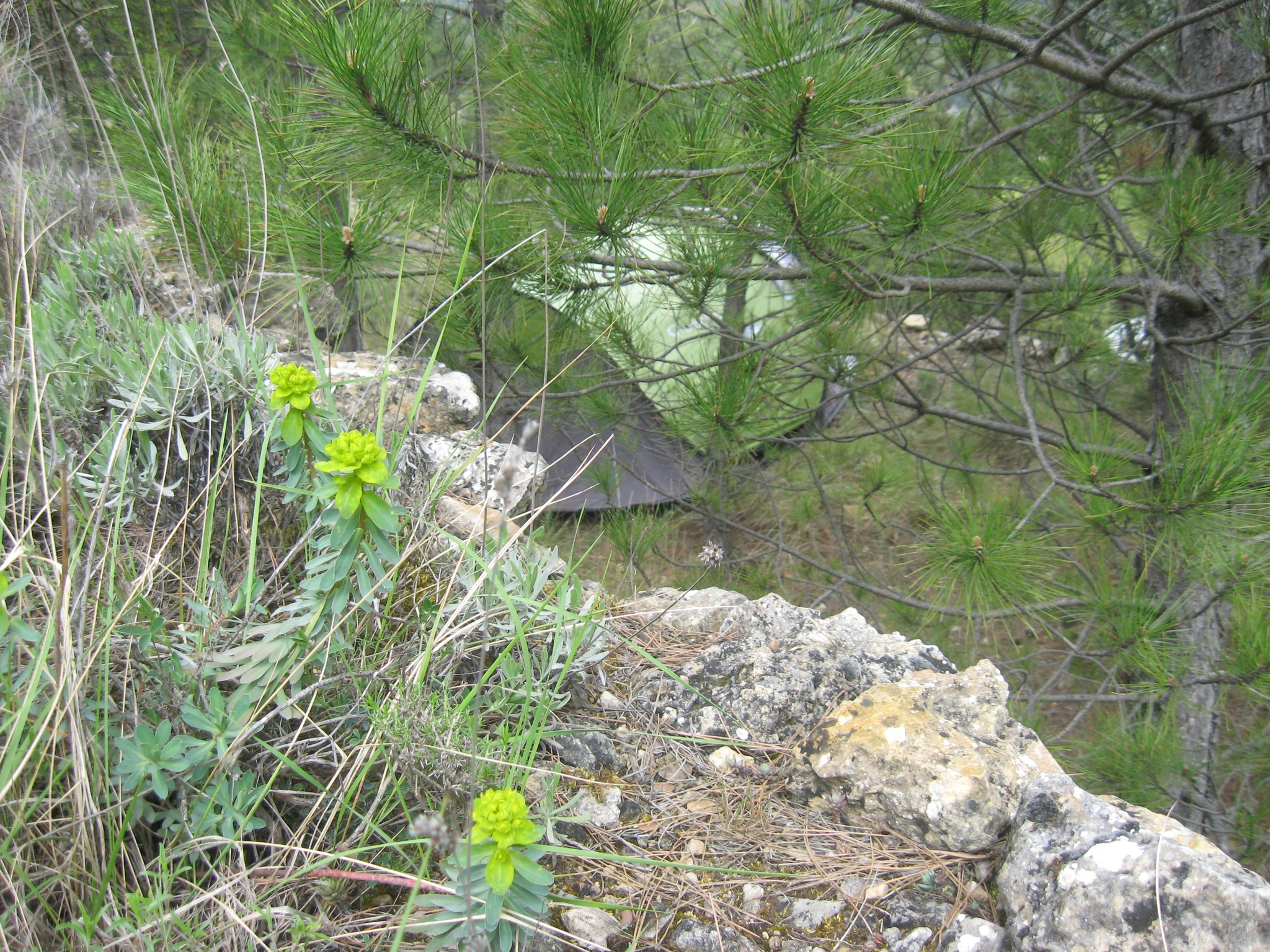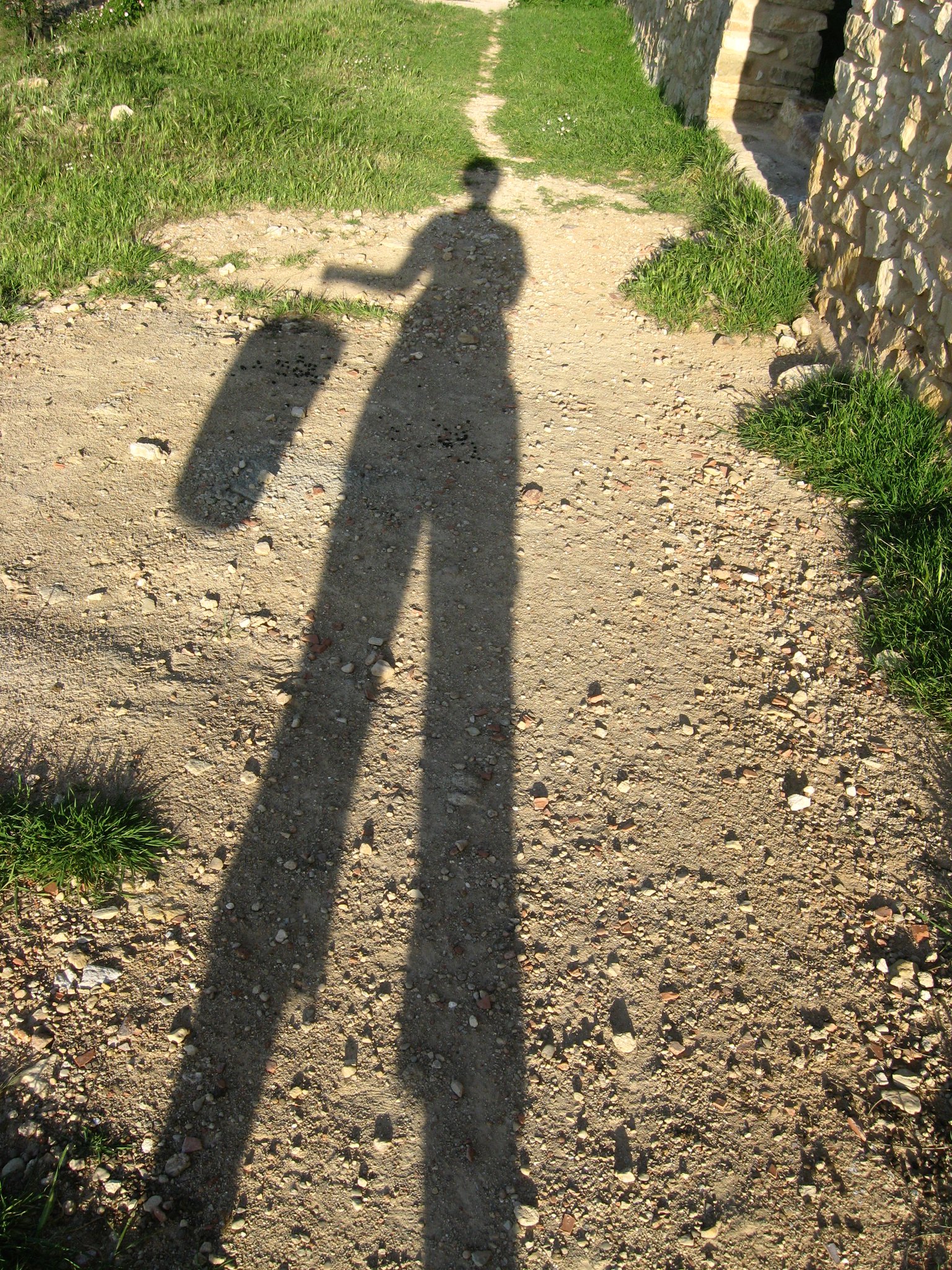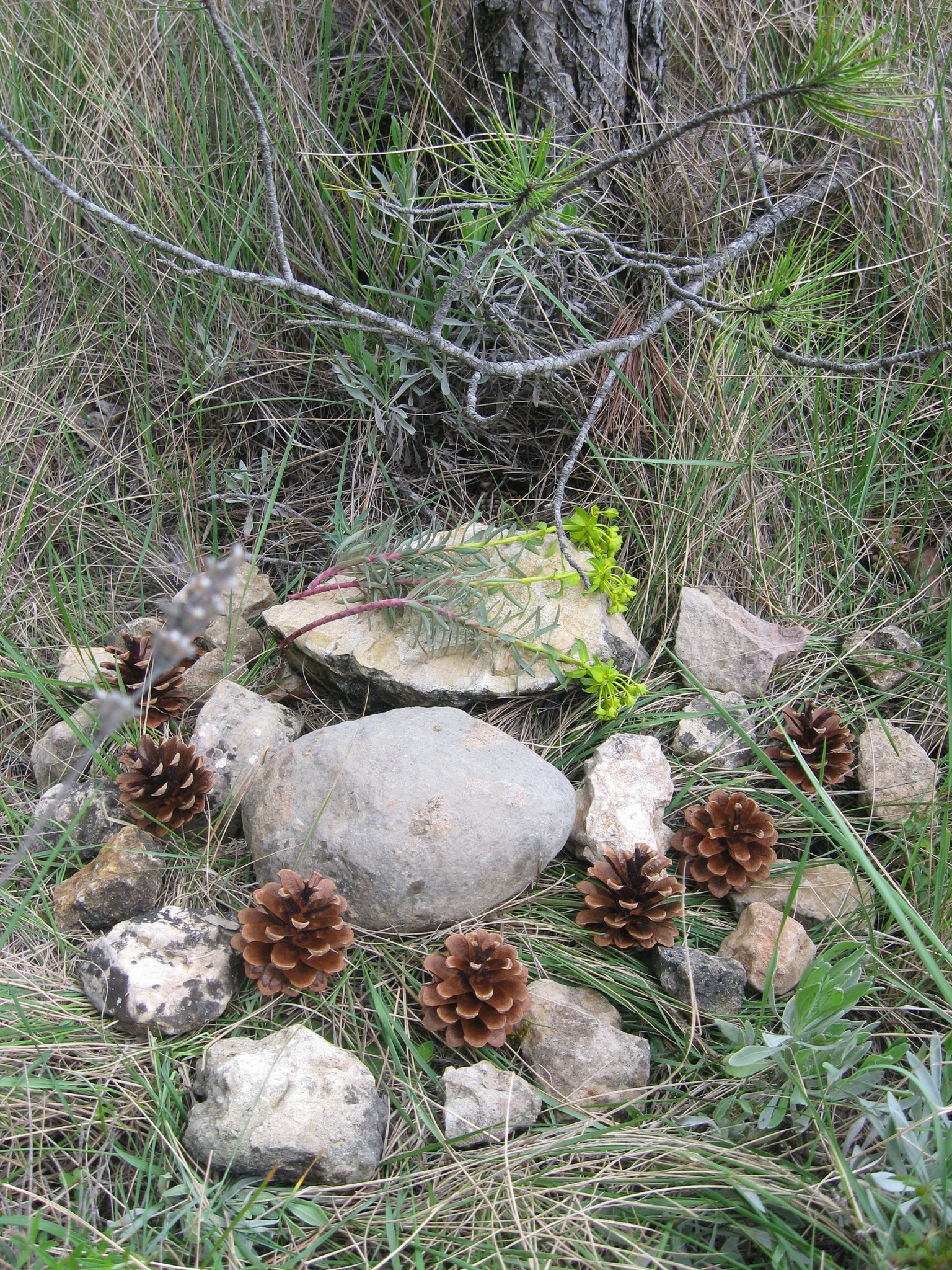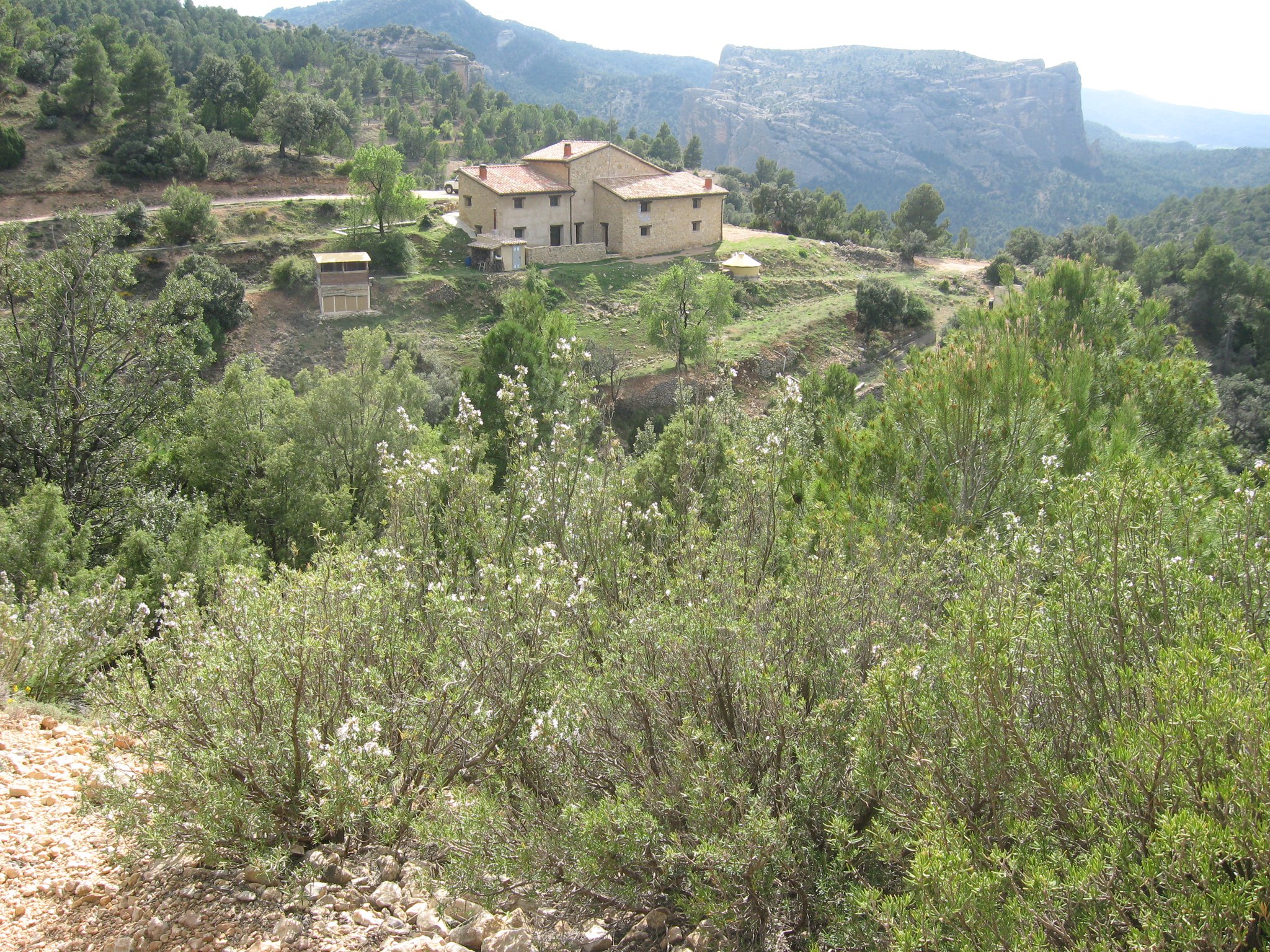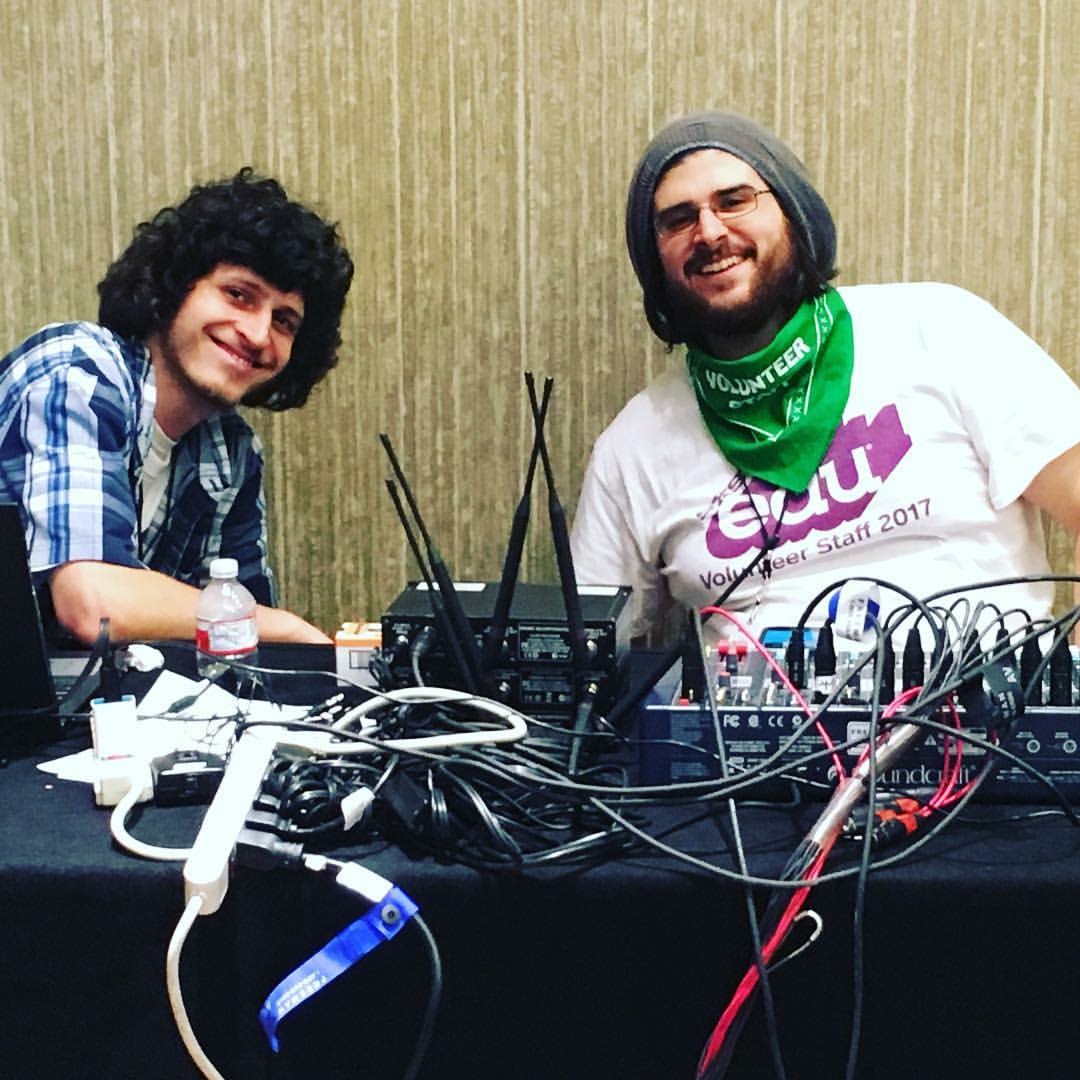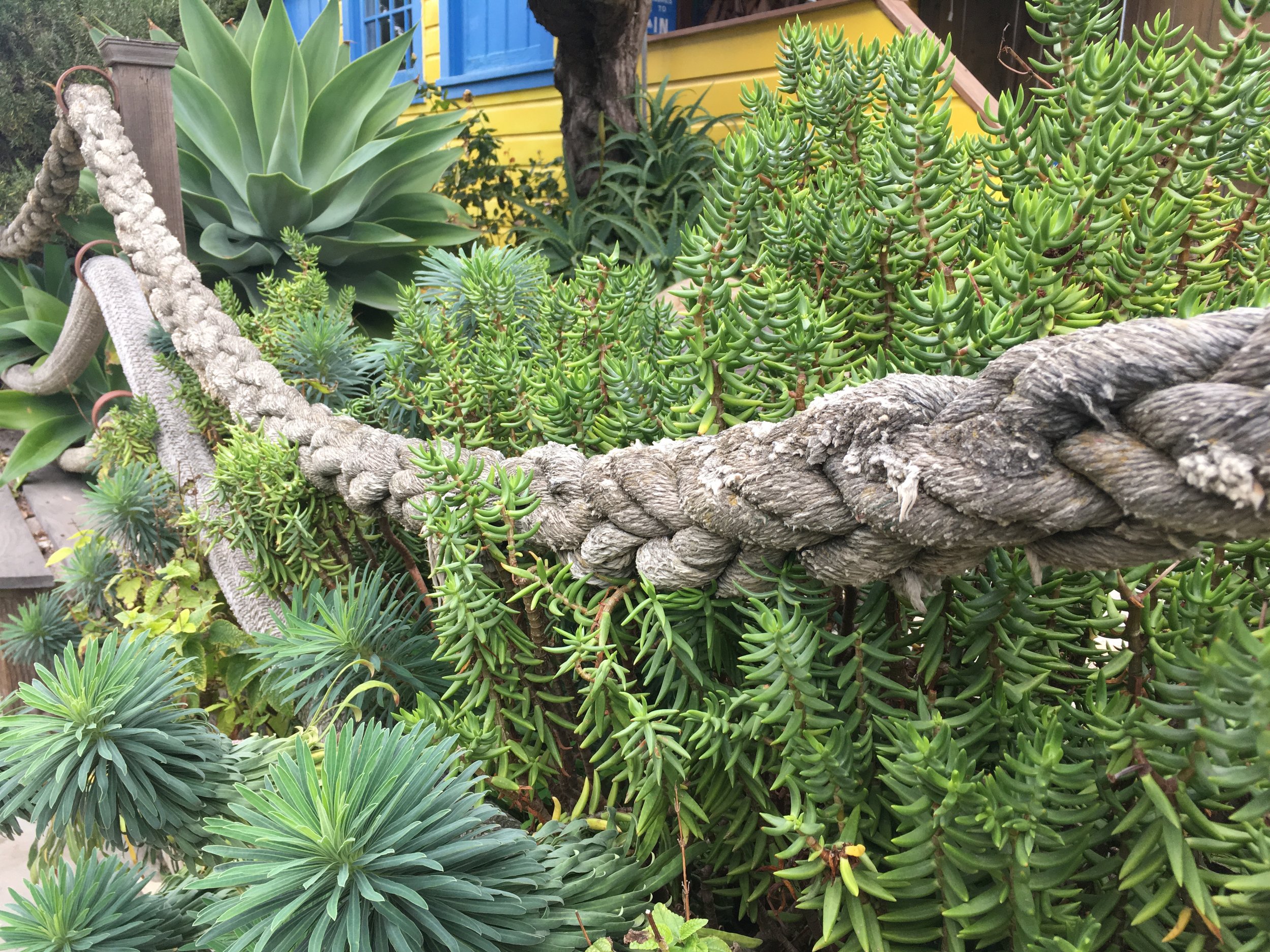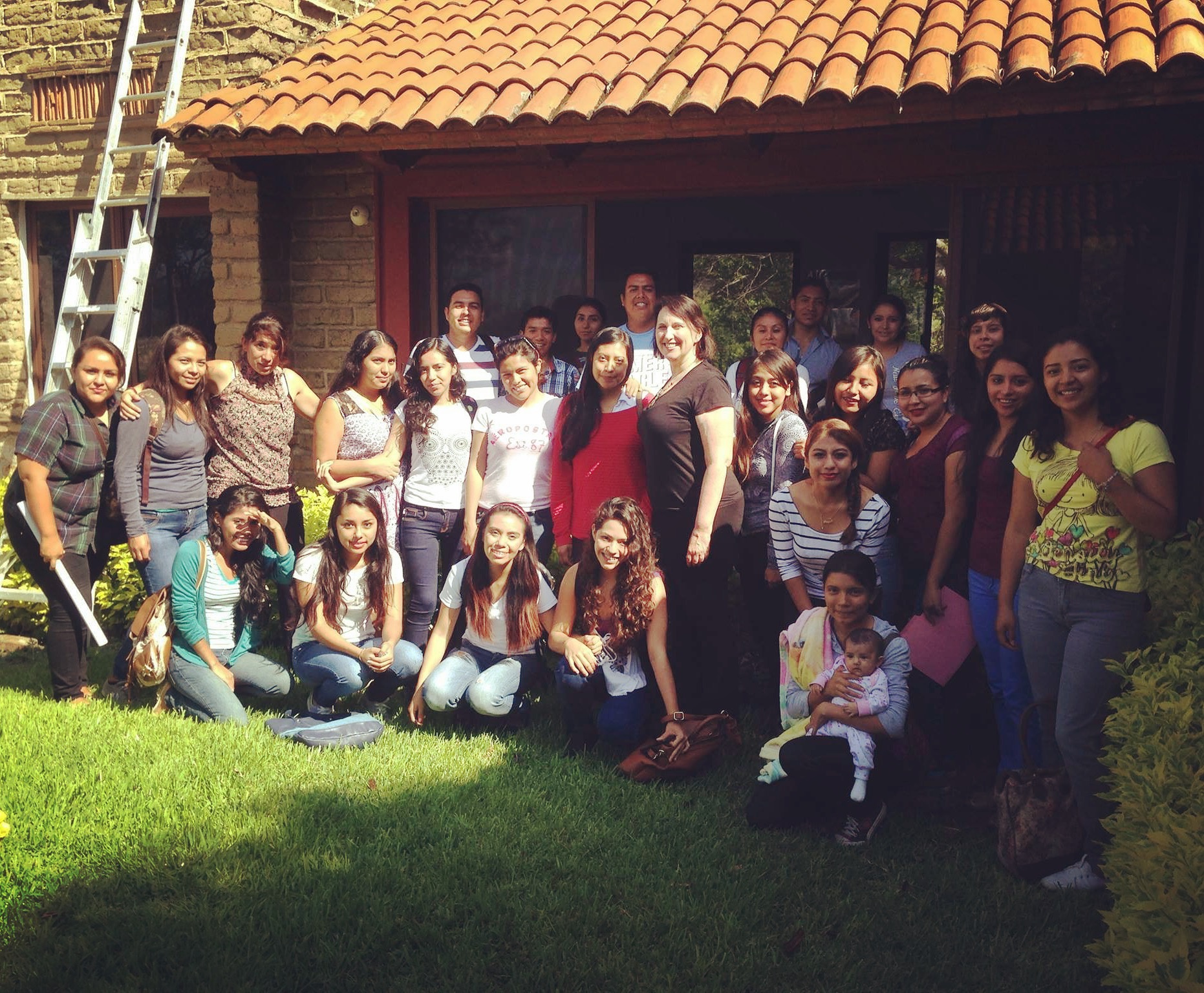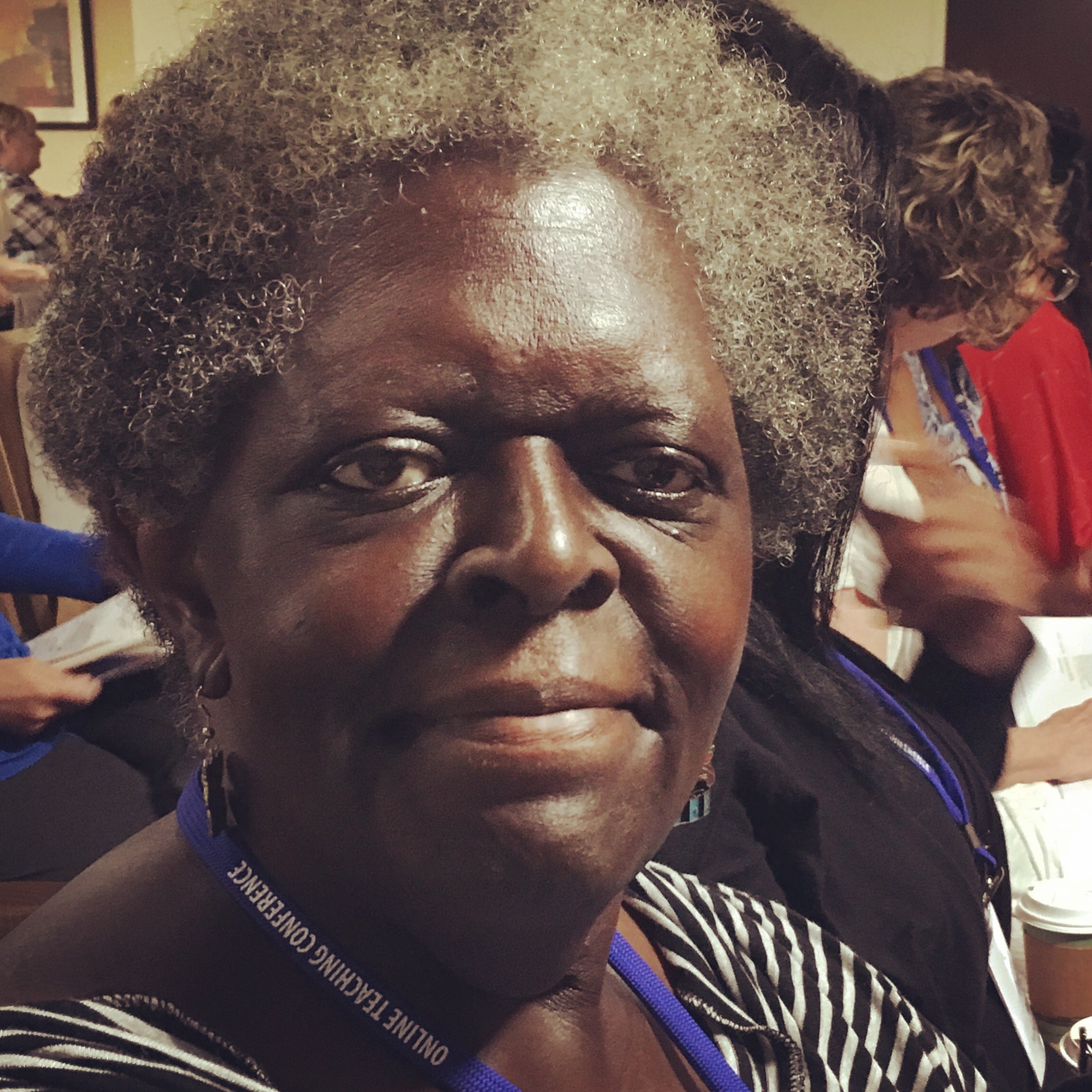"I'm exhausted." That's the mantra in our staff room these days. The middle of November is rough. 6 weeks left of the term, the days are colder and darker, holidays are approaching, and there are piles of work to do in wrapping up the semester. This is the time of year to take our self care seriously. It's time to return to the basics; The 3 R's: Refresh, Restore and Reflect. Just like on the airplane, we need to put on our own air mask first, before we can be of help to anyone else.
REFRESH: In her book "The Weekend Effect" Katrina Onstad describes 2 kinds of leisure; Passive and Active. Passive Leisure, she says is collapsing with Netflix or sports, whereas Active Leisure, such as a hobby or sports with other people, are activities where we can hit the FLOW state. Active Leisure activities provide deep engagement and have long-lasting benefits, leaving us feeling truly refreshed . In her wonderful "Weekend Manifesto", Onstad recommends taking time to connect, to care, to play, to go into Nature, to be alert to Beauty. "Don't make plans," she suggests, "make space. Wander. Wonder. Be."
RESTORE: In her book "Relax and Renew", my Yoga Mentor Judith Lasater teaches that stress can make us sick. "In a chronically stressed condition," she writes, "quality of life, and perhaps life itself, is at risk." She states that "the antidote to stress is relaxation. To relax is to rest deeply." In her wisdom, Lasater tells us that, "One thing is certain: The more stress we experience, the more its effects compound within us,. When stress becomes chronic, a residue builds up in the body that can lead to disease." We need to place value on stillness, on unplugging, on being idle.
Similarly, sleep! Neuroscientist Matthew Walker says, "Sleep is the Swiss Army knife of health. When sleep is deficient, there is sickness and disease. And when sleep is abundant, there is vitality and health." For myself, I am taking on a practice of winding down an hour before bed, dimming the lights, turning off all the screens, and moving into a quieter space, every evening.
REFLECT: The third R is making time for reflection. In his book "The Art of Reflection", Ratnaguna defines reflection as " considering, pondering, wondering, cogitating, reasoning, imagining, contemplating". It is a neglected practice, he says, and is different from regular thought and different from meditation or prayer. He describes reflection as "simply the ability to attend to the world we live in."
It is a perfect time of year to take on a Reflection practice, winding down from the day, the week, the semester, the year, looking back with curiosity on where we have spent our energy, how we have grown, and how we have met challenges with creativity. I use this point the semester to guide my students in Learning Reflections, having them look through all the material covered in the course and to describe specific learnings, challenges and accomplishments. They build portfolios, recording their own learning journey with care. It is a relief to take a rest from goal-setting and forward-thinking, and just look back, taking in and the way that we have grown and changed together.
As our lives get ever busier and the world get ever more stressful, commitment to self-care is urgent. As the seasons move from Autumn to Winter, make wise choices, making time to refresh, restore, and reflect every day.





